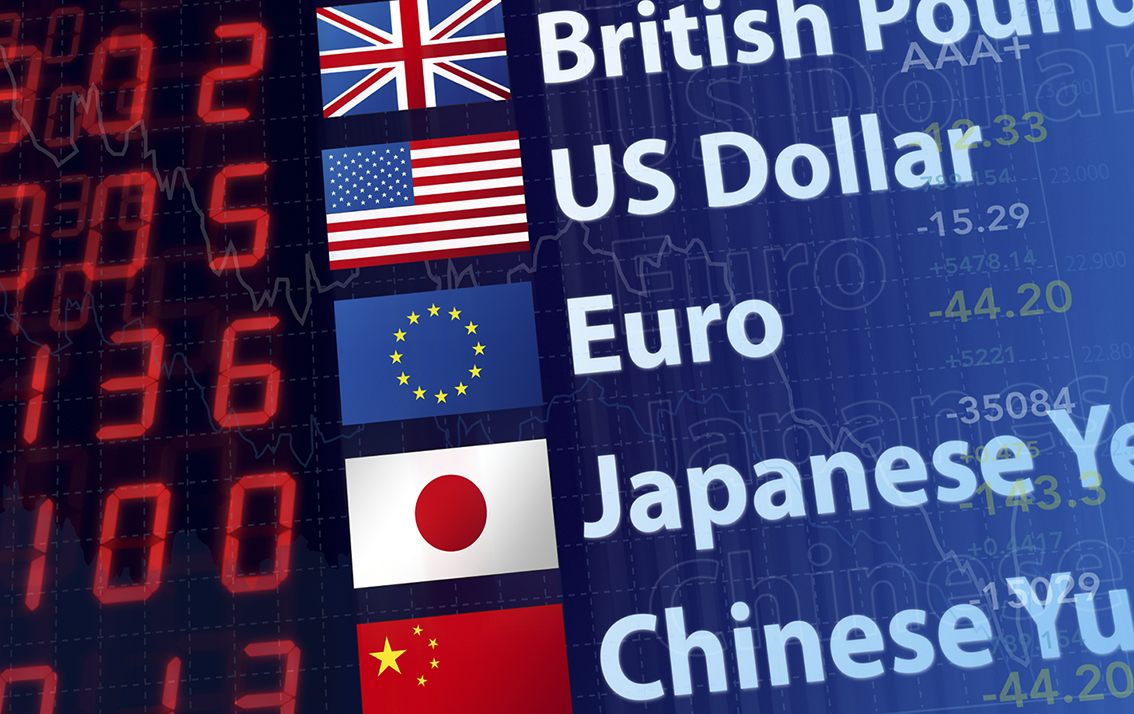C urrency exchangers show resistance to the rial’s appreciation due to volatility in the currency market and demand from buyers, said an economic expert on Tueday.
When money supply is ample in an economy, the money will enter the markets instead of the banking system, thus increasing demand and raising prices. So in these circumstances many bureaux de change resist foreign currency price drops versus the rial, Mohammadhasan E’tezadi told IRNA.
Before the 1979 Islamic Revolution in Iran, exchange rates in bureaux de change were lower than those offered by banks. But with the current economic conditions and constant changes in prices, bureaux de change are uncertain of future prices and don’t part with their reserves easily, he added.
Perhaps the greatest impact of current conditions in the foreign exchange market is the increase in the bid-ask spread – the difference between the price for buying and selling a currency. The volatility and low level of liquidity in Tehran’s bureaux de change-dominated market has driven up the spread in every currency pair.
The bid-ask spread for the US dollar, the most liquid of currencies in Tehran, is near three percent of the price for one dollar. For the Azadi benchmark gold coin the figure is around two percent.
Iran’s negotiations with the West could lead to better international relations and in turn raise foreign investment in Iran and boost exports. If materialized, we will see an increased inflow of foreign currencies which will consequently impact the foreign exchange market.
Analysts cite the ongoing uncertainty over the fate of Iran’s sanctions, the widening budget deficit which fuels speculation that the government will have to monetize the deficit and the plunge in crude oil prices as the main reasons for the downtrend that is currently choking stock performance and driving down the national currency’s value.
The rial lost over seven percent of its value against major currencies in the last week of November, as the failure to strike a final nuclear accord by Iran and the six-power negotiating team on Nov. 24, sparked a rush to safety.
The rial’s depreciation accelerated when OPEC decided to keep its production level despite global oversupply instigating a fall in oil prices.
Oil prices have halved since June highs, plummeting to 5-1/2 year lows. The drop puts real pressure on Iran for whom oil revenues comprise around 80 percent of exports. Iran’s revenue from crude sales fell 30 percent because of oil’s plunge, which could put pressure on the budget, Rouhani said on Dec. 8. According to International Monetary Fund, Iran needs oil at $136 a barrel to make ends meet.
Iran is under the most stringent sanctions regime set by the United States, the European Union and the United Nations in a bid to restrain Tehran’s nuclear energy program. It is currently negotiating with the six-member negotiating team known as the P5+1 to lift the sanctions by addressing their allegations. The P5+1 consists of the US, Britain, France, Germany, China and Russia. The two sides reached an interim settlement in November 2013, and are currently negotiating a final deal.


